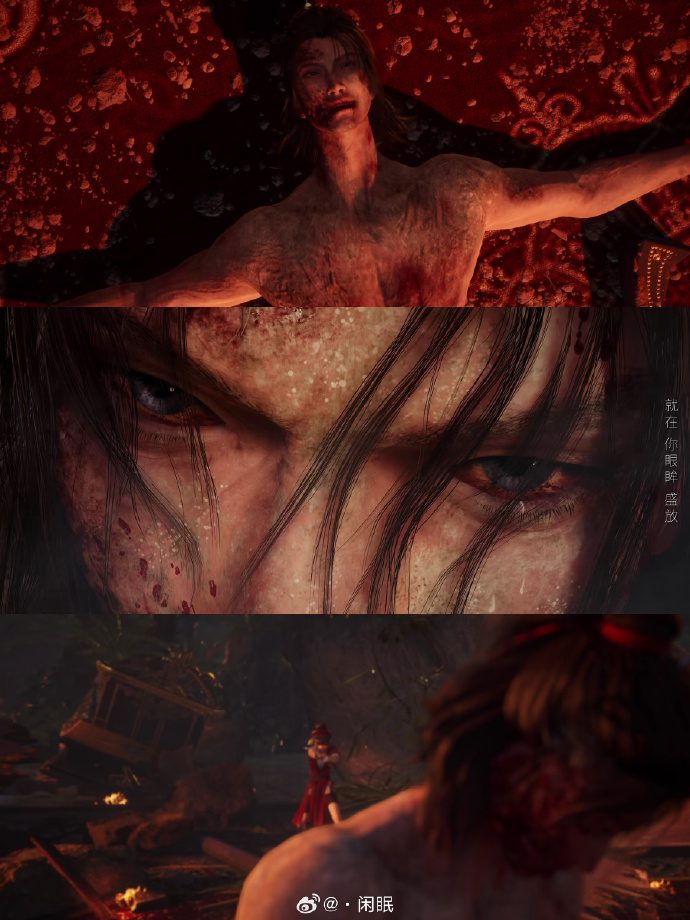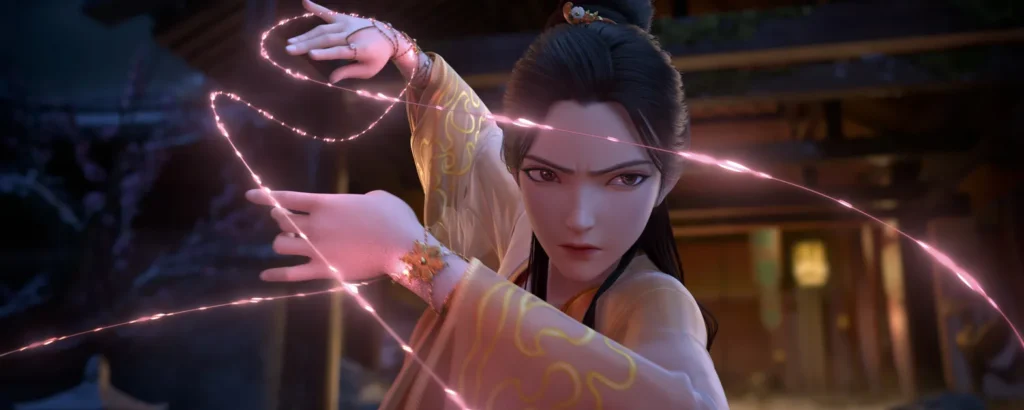Unraveling the Dominance of 3D Animation in Chinese Comics: The Simple Explanation
Many comic fans often wonder why the majority of Chinese comics are in 3D animation rather than 2D animation. This topic causes a lot of discussion, but the answer is simple: there are only a few main reasons to consider. Let’s explore this issue in depth.

The primary reason lies in the maturity of the 3D animation production system. In China, 3D animation has evolved into a well-established and efficient process, surpassing 2D animation in terms of both cost-effectiveness and productivity. The presence of a robust 3D animation production infrastructure in China makes the creation of 3D content more convenient and significantly faster than traditional 2D animation methods.
Those curious about the disparity between 3D and 2D animation production methods may find that it primarily boils down to the techniques employed. 2D animation revolves around crafting original artwork, necessitating a team of skilled artists to hand-draw each frame. Conversely, 3D animation centers on 3D modeling and rendering engines, relying heavily on sophisticated software and rendering capabilities. This fundamental contrast underscores the differing requirements in manpower and technology between the two animation styles.
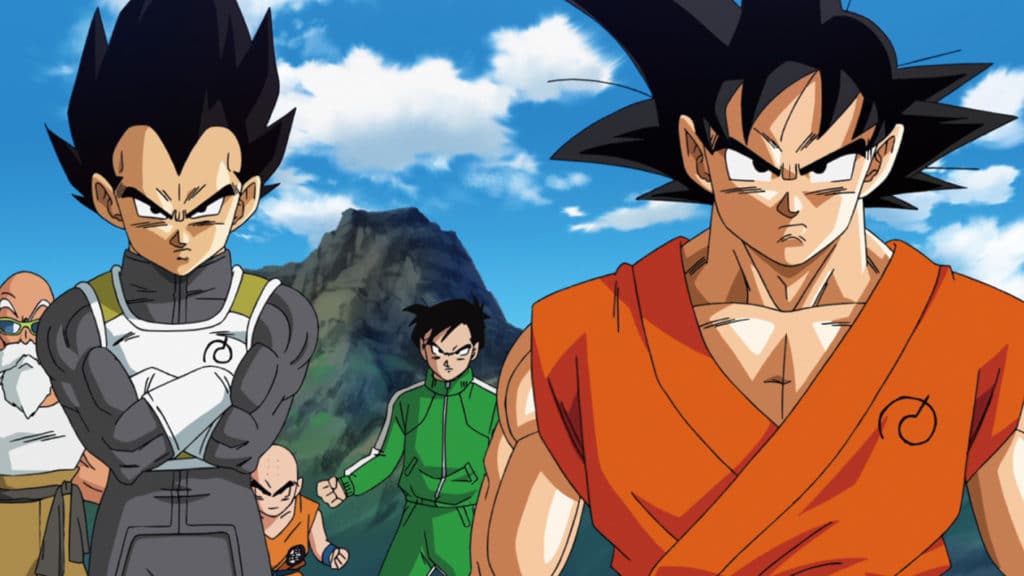
With several generations of upgrades, domestic rendering engines have reached a highly advanced stage, exemplified by the cutting-edge Unreal Engine 5. Animation produced using this rendering engine showcases exceptional quality. Nowadays, numerous animation projects leverage the capabilities of this engine, benefiting from its impressive visual effects and significantly enhanced production speed.
The second reason ties into the market dynamics surrounding 2D animation, particularly its association with Japanese comics. Whenever discussions of 2D animation arise, Japanese manga inevitably enter the conversation. Many netizens draw comparisons between Chinese and Japanese comics. This close link with Japanese manga influences the prevalence of 2D animation in China, to the extent that even the dominance of 3D animation is shaped by Japanese comic culture.

First and foremost, it’s widely acknowledged that 2D animation produced in China doesn’t match the quality of Japanese manga. Both in terms of production efficiency and the final output, Chinese 2D animation falls significantly short of Japanese standards. Japanese manga has dominated the realm of 2D animation for decades, enjoying a long-established legacy. In contrast, Chinese comics are relatively new to the scene. Given these circumstances, it’s natural that they struggle to compete with the well-established reputation and superior quality of Japanese manga, resulting in consistent suppression by Japanese comics in the industry.
Indeed, the landscape suggests that venturing into 2D animation in China at this juncture is challenging. Unless there’s a commitment to extensive development, which would inevitably take a considerable amount of time, the sector will probably continue to be overshadowed by Japanese manga. The underlying reason for this predicament is straightforward: the maturity of 2D animation within Japanese manga. Japanese creators and producers boast a level of expertise and innovation that outpaces their Chinese counterparts, both in terms of artistic skill and production proficiency. This gap in development between the two industries further cements the dominance of Japanese manga in the realm of 2D animation.
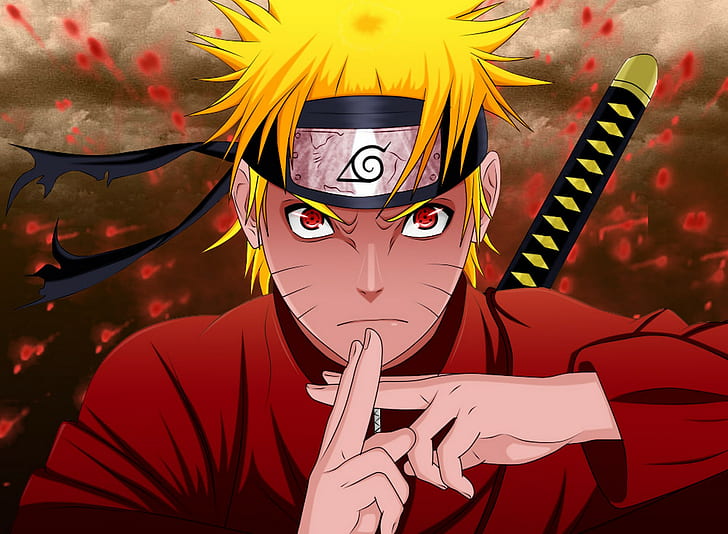
National Comics’ decision to prioritize the strong development of Chinese 3D animation is intricately linked to the dominance of Japanese manga in the domestic 2D animation market. Faced with this strong competition, National Comics chose the shortcut of 3D animation. The results of this strategic move have proven to be amazing. “The Demon Hunter” (Chang Yuan Tu), for example, has surpassed Japanese manga in the realm of 3D animation. The win underscores how 3D animation has provided an opportunity for national comics to advance in a competitive landscape, marking a significant turning point in the industry.
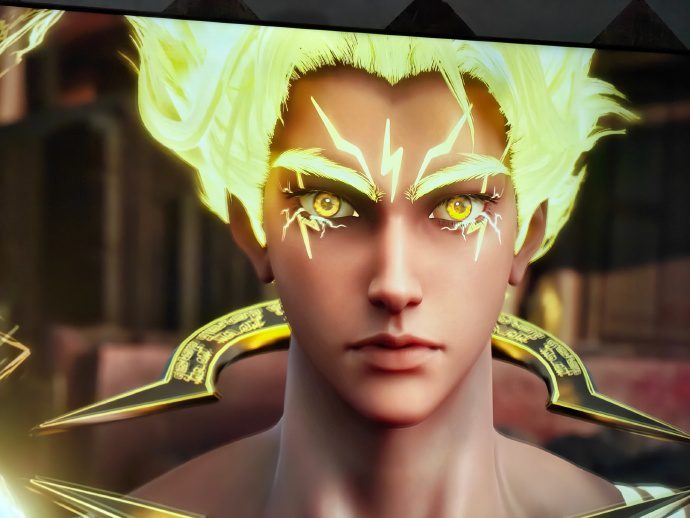
The third reason revolves around the cost disparity between 2D and 3D animation. Many netizens have likely encountered claims that 2D animation production is expensive while 3D animation production is comparatively cheaper. This assertion holds merit. The perceived expense of 2D animation production primarily stems from the high costs associated with manpower, time, and financial investment.
If you keep an eye on domestic 2D animation production firms, you’ll notice that creating a single 2D animation project takes several years, yielding only a handful of episodes. This highlights the considerable expense associated with 2D animation production. Consequently, most 2D animation studios struggle to turn a profit, with many teetering on the edge of bankruptcy.
So, fans, don’t forget to post your opinion about this below. If so, see you in another interesting article.
Happy Anime!




